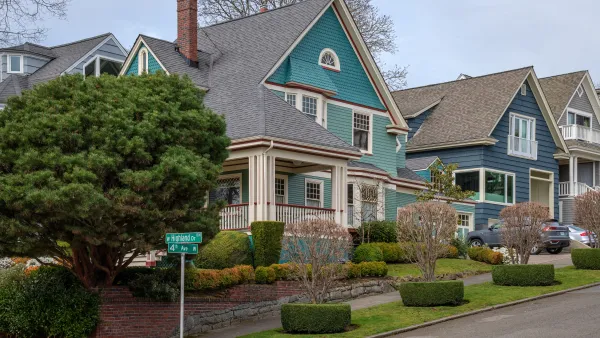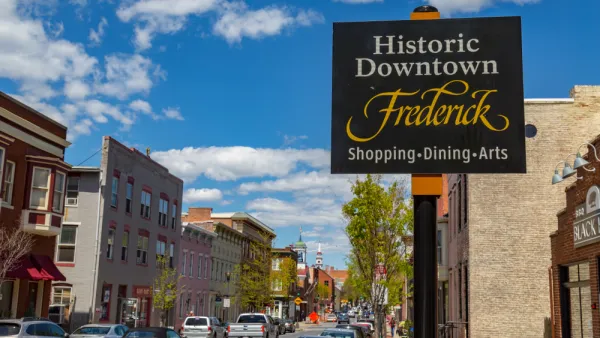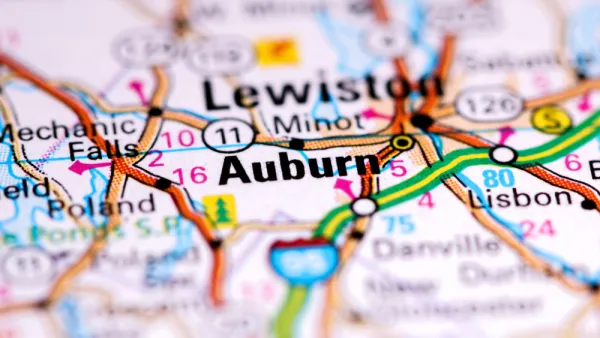Several common assumptions about new urban codes fail to stand up to scrutiny.
Tony Perez writes in Better Cities & Towns:
Since 1981, approximately 400 form-based codes (FBCs) have been prepared for communities across the US, and as of 2012, 252 of them have been adopted. Eighty-two percent of the adoptions have taken place in the past 10 years. But as exciting as that may be, what’s more exciting is that these numbers are miniscule when you think about how many communities exist in the U.S. If this reform of conventional zoning is increasingly gaining acceptance and being applied to larger areas, why are there still so many misconceptions?"
Despite a wide variety of improvements in how form-based codes are strategized, prepared, and used, many of the planners, planning commissioners, elected officials, members of the public, and code practitioners I meet continue to harbor misconceptions or misunderstandings about these codes. Here are the ones I encounter most:
FBC dictates architecture. Some of these codes do prescribe details about architecture, but most do not. Perhaps because many of the early codes were for greenfield projects where strong architectural direction was needed or desired, the perception is that a FBC always regulates architecture. Yet the majority of codes I’ve prepared and reviewed (30 authored or co-authored, 10 peer-reviewed, 9 U.S. states, 2 foreign countries) do not regulate architecture. I’ve prepared codes where regulation of architecture (style) was important for a historic area, but those requirements did not apply anywhere else. The “form” in form-based codes may mean architecture, but not necessarily. Form can refer to physical character at many different scales—the scale of a region, community, neighborhood, corridor, block, or building.
The rest of the list is available by clicking on the link below.
FULL STORY: Top 10 Misconceptions about form-based codes

Analysis: Cybertruck Fatality Rate Far Exceeds That of Ford Pinto
The Tesla Cybertruck was recalled seven times last year.

National Parks Layoffs Will Cause Communities to Lose Billions
Thousands of essential park workers were laid off this week, just before the busy spring break season.

Retro-silient?: America’s First “Eco-burb,” The Woodlands Turns 50
A master-planned community north of Houston offers lessons on green infrastructure and resilient design, but falls short of its founder’s lofty affordability and walkability goals.

Test News Post 1
This is a summary

Analysis: Cybertruck Fatality Rate Far Exceeds That of Ford Pinto
The Tesla Cybertruck was recalled seven times last year.

Test News Headline 46
Test for the image on the front page.
Urban Design for Planners 1: Software Tools
This six-course series explores essential urban design concepts using open source software and equips planners with the tools they need to participate fully in the urban design process.
Planning for Universal Design
Learn the tools for implementing Universal Design in planning regulations.
EMC Planning Group, Inc.
Planetizen
Planetizen
Mpact (formerly Rail~Volution)
Great Falls Development Authority, Inc.
HUDs Office of Policy Development and Research
NYU Wagner Graduate School of Public Service




























